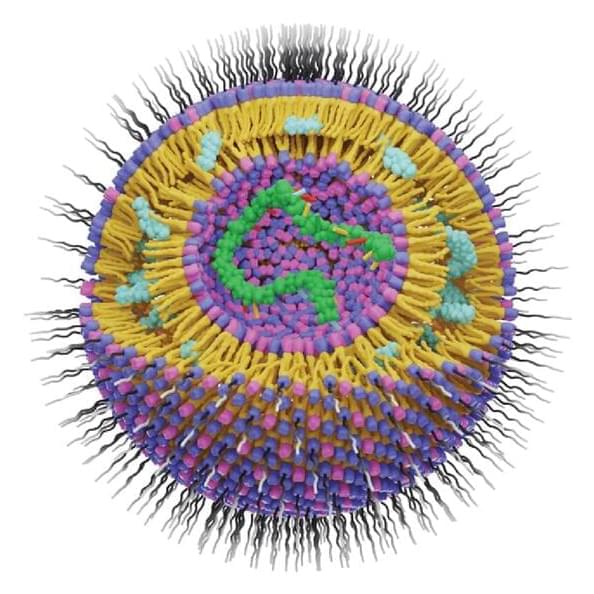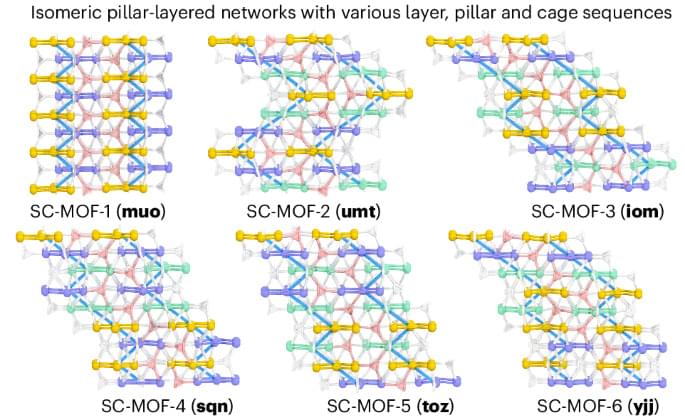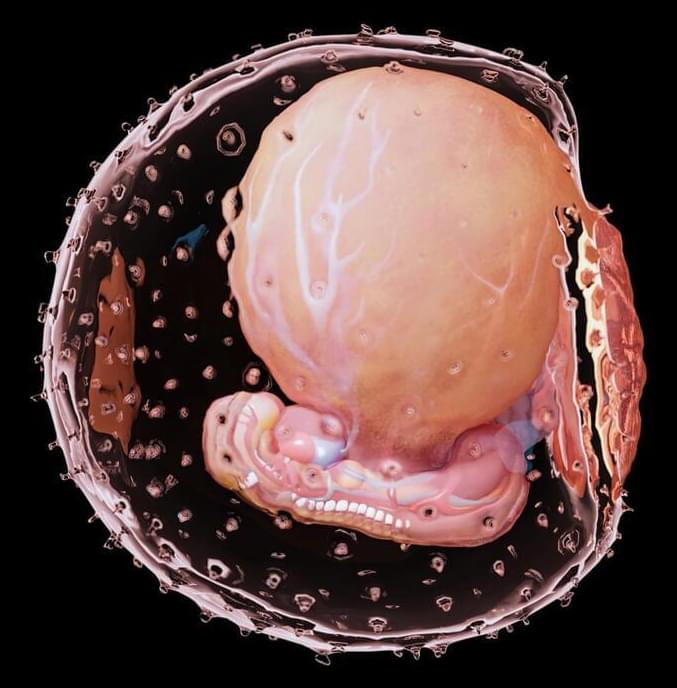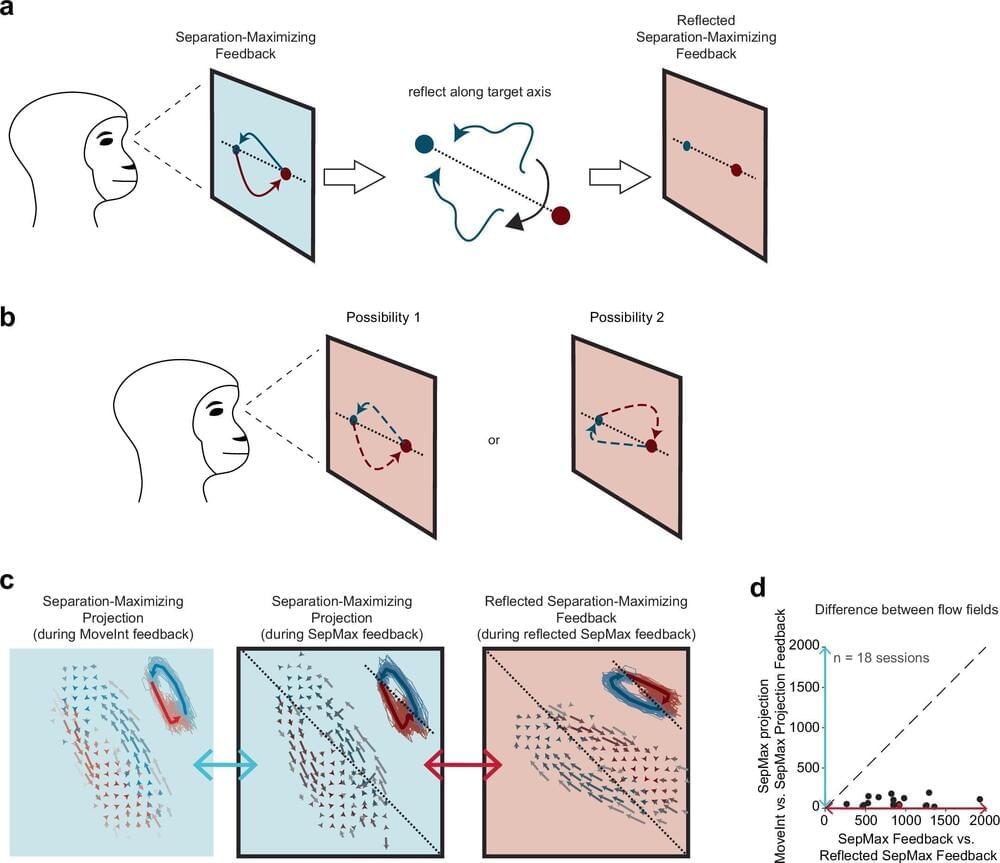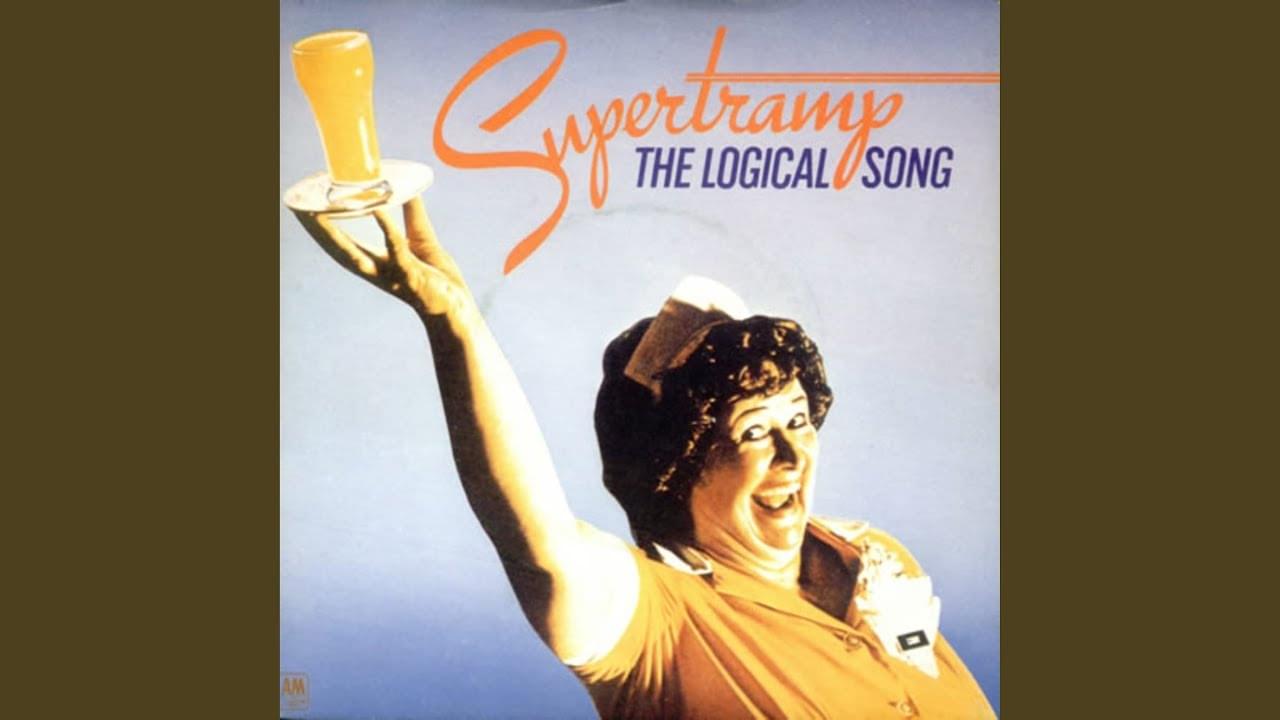Researchers developed a durable, bioinspired ZIF-67 MOF membrane that efficiently separates propylene from propane, offering high performance, long-term stability, and industrial scalability.
Polymer-grade propylene (99.5%) is a vital raw material in the chemical industry. Its production inevitably generates propane as a byproduct in the product stream. A critical step in producing polymer-grade propylene is the separation of propylene from propane—a challenging and energy-intensive process due to the molecules’ nearly identical physical and chemical properties.
Molecular sieve membranes offer an energy-efficient and effective solution for this separation. Metal-organic frameworks (MOFs.




